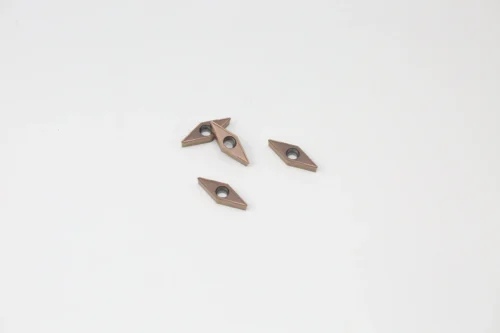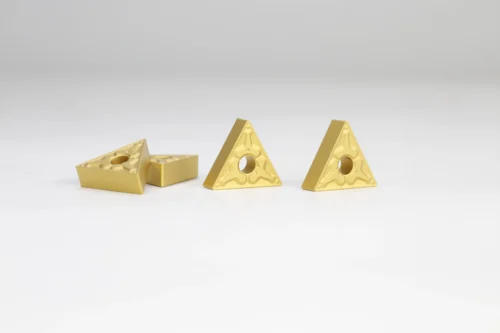Comprehensive analysis of modern lathe processing tools
Whether you are operating a traditional lathe or a CNC machine tool, choosing the right Turning Tools is the key to improving processing efficiency.
As the core equipment in the field of mechanical manufacturing, Lathe Tools give metal parts the ideal shape and precision through precise cutting.
This article will take you to understand the current mainstream Cutting Tools for Lathe models and their application scenarios, helping you make the best decision under different working conditions.

一. Metal processing tools: Recommended popular turning tool models
1. Puwei CNMG series
Adopting modular toolholder design, it is suitable for high-speed processing of materials such as stainless steel and alloy steel, especially suitable for continuous production of automotive parts. Its PVD coating technology can reduce tool wear rate by more than 30%.

2. Puwei VCMT diamond insert
Designed for titanium alloy and high-temperature alloy, the 80° tool tip angle takes into account both strength and chip removal efficiency, and performs well in complex surface processing in aerospace.

3. Puwei TNMG coated rough turning tool
Equipped with self-developed AlCrN coating, it can maintain stability under intermittent cutting conditions, and is a cost-effective choice for large excess processing of heavy machinery.

二. Material matching: the golden combination of turning tool and workpiece
Stainless steel processing
Prefer wear-resistant ceramic or CBN inserts (such as Mitsubishi CNMG-MA) with a 5° positive rake angle to reduce work hardening.
Aluminum alloy cutting
Ultra-fine microcrystalline carbide tools (such as DCMT series) with a sharp 15° cutting edge can prevent material sticking and improve surface finish.
Cast iron processing
It is recommended to use diamond-coated tools (CNMG-HK), which have abrasive wear resistance that is more than 2 times that of traditional blades.

Modern Lathe Cutting Tools have been deeply integrated with the Internet of Things.
From carbon steel to special alloys, from rough machining to fine machining, the rational selection of Turning Tools can significantly improve machining quality and economic benefits.
It is recommended to select a tool system with optimized grooves and advanced coatings based on specific material properties, machine tool rigidity and output requirements,
so that each process becomes a precise node for value creation.
